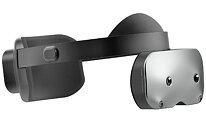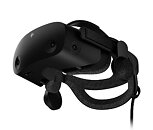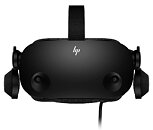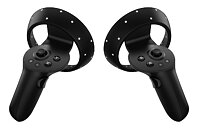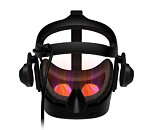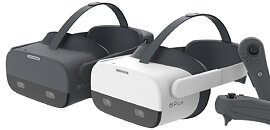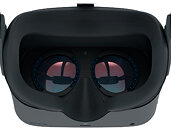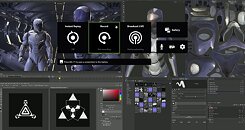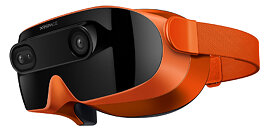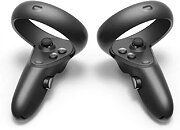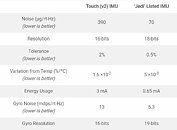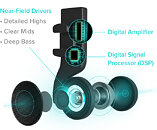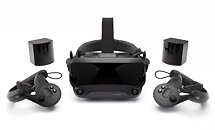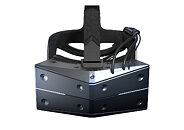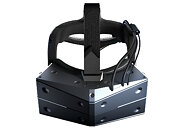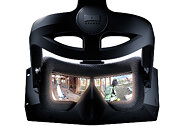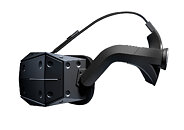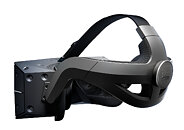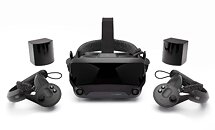Have Some Facebook With Your VR: Facebook and Oculus Integration to Become Mandatory
Back in 2014 when Facebook acquired Oculus for $2 billion, then Oculus CEO Palmer Luckey said that the acquisition was made with respect for the Oculus ecosystem as a whole, and that its management would be akin to that of a private entity that just so happened to be under Facebook's umbrella. Fast forward to 2020, though, and that seems to no longer be the case. Facebook has announced that Oculus accounts will be phased out; come this fall, all new Oculus accounts will have to go through a Facebook one - if you are one of the holdouts from that particular social network, you'll just have to bit the bullet.
The transition will be gradual; starting this October, new accounts will have to be linked through Facebook. Existing standalone Oculus accounts will still be supported; however, they will only be grandfathered until 2023. According to Facebook, they'll still allow users to run their content on these accounts; but any new apps and content that's acquired for the system after then will not be available for usage in such scenarios. Facebook further said that some content might stop working by then, due to integration of some applications' backends with Facebook-bound accounts, capabilities and servers. And thus, Facebook will finally be fully integrated with Oculus, ensuring a new ecosystem of users, and thus, new data on which to base their publicity and marketing efforts. It's all about the value a user brings; and perhaps some social network integration with your VR environments. Because nothing makes more sense than creating Facebook-bound communities in the VR space, and seeing a Like emote pop up on your most recent spaceflight maneuver.
The transition will be gradual; starting this October, new accounts will have to be linked through Facebook. Existing standalone Oculus accounts will still be supported; however, they will only be grandfathered until 2023. According to Facebook, they'll still allow users to run their content on these accounts; but any new apps and content that's acquired for the system after then will not be available for usage in such scenarios. Facebook further said that some content might stop working by then, due to integration of some applications' backends with Facebook-bound accounts, capabilities and servers. And thus, Facebook will finally be fully integrated with Oculus, ensuring a new ecosystem of users, and thus, new data on which to base their publicity and marketing efforts. It's all about the value a user brings; and perhaps some social network integration with your VR environments. Because nothing makes more sense than creating Facebook-bound communities in the VR space, and seeing a Like emote pop up on your most recent spaceflight maneuver.








